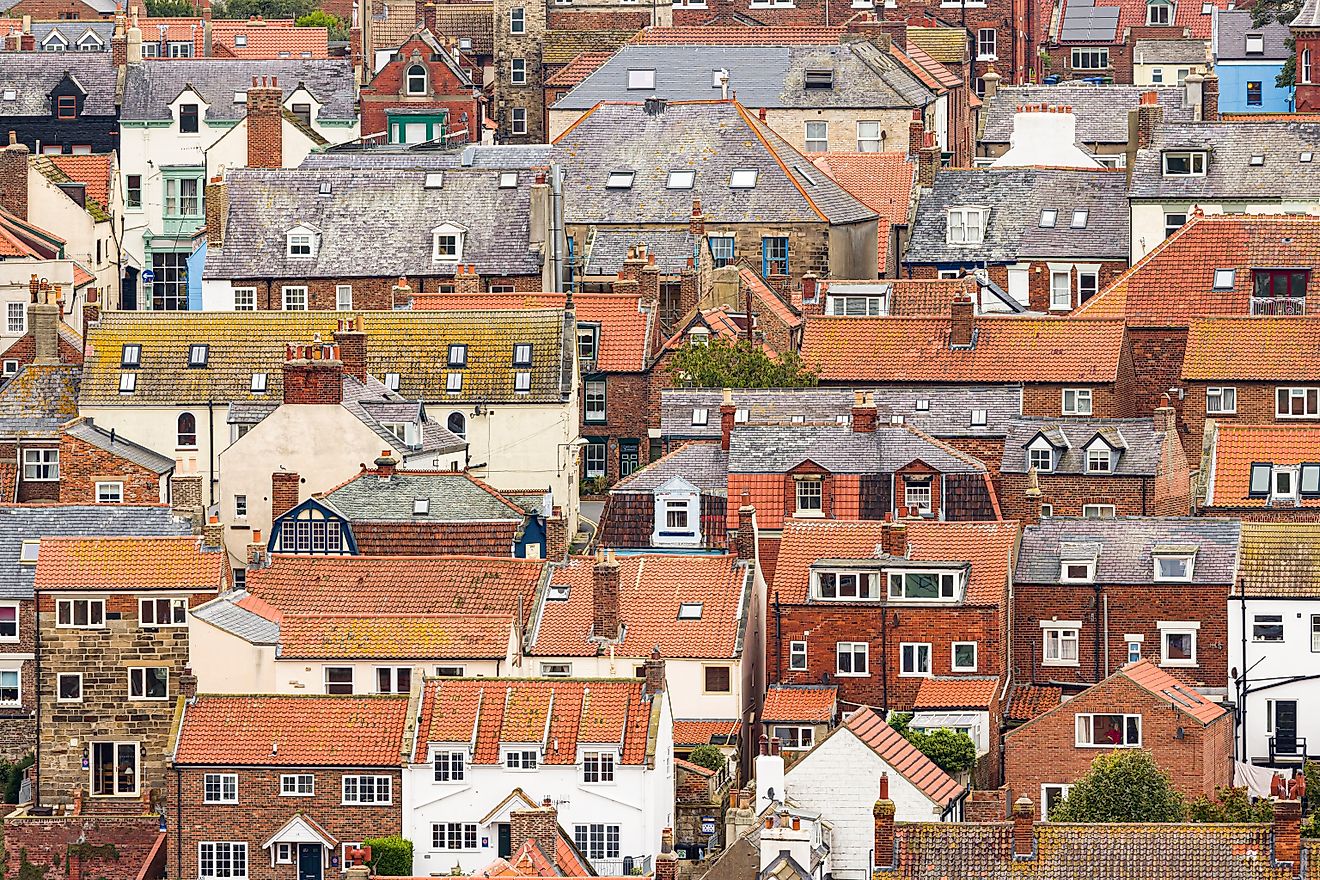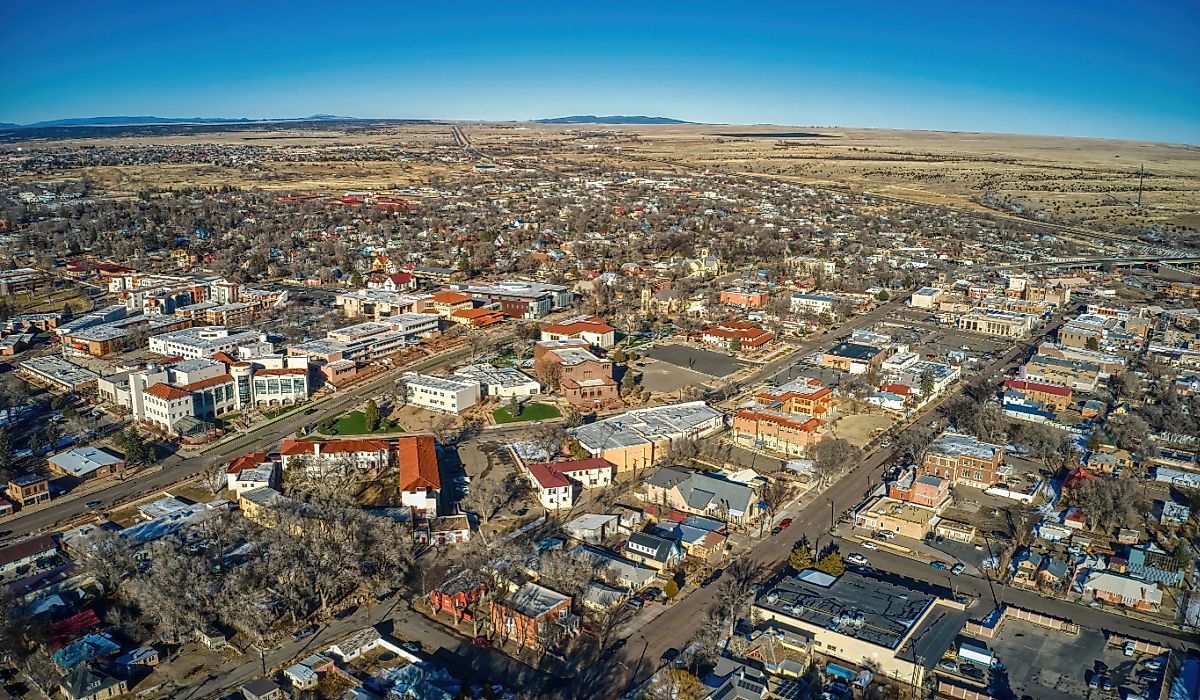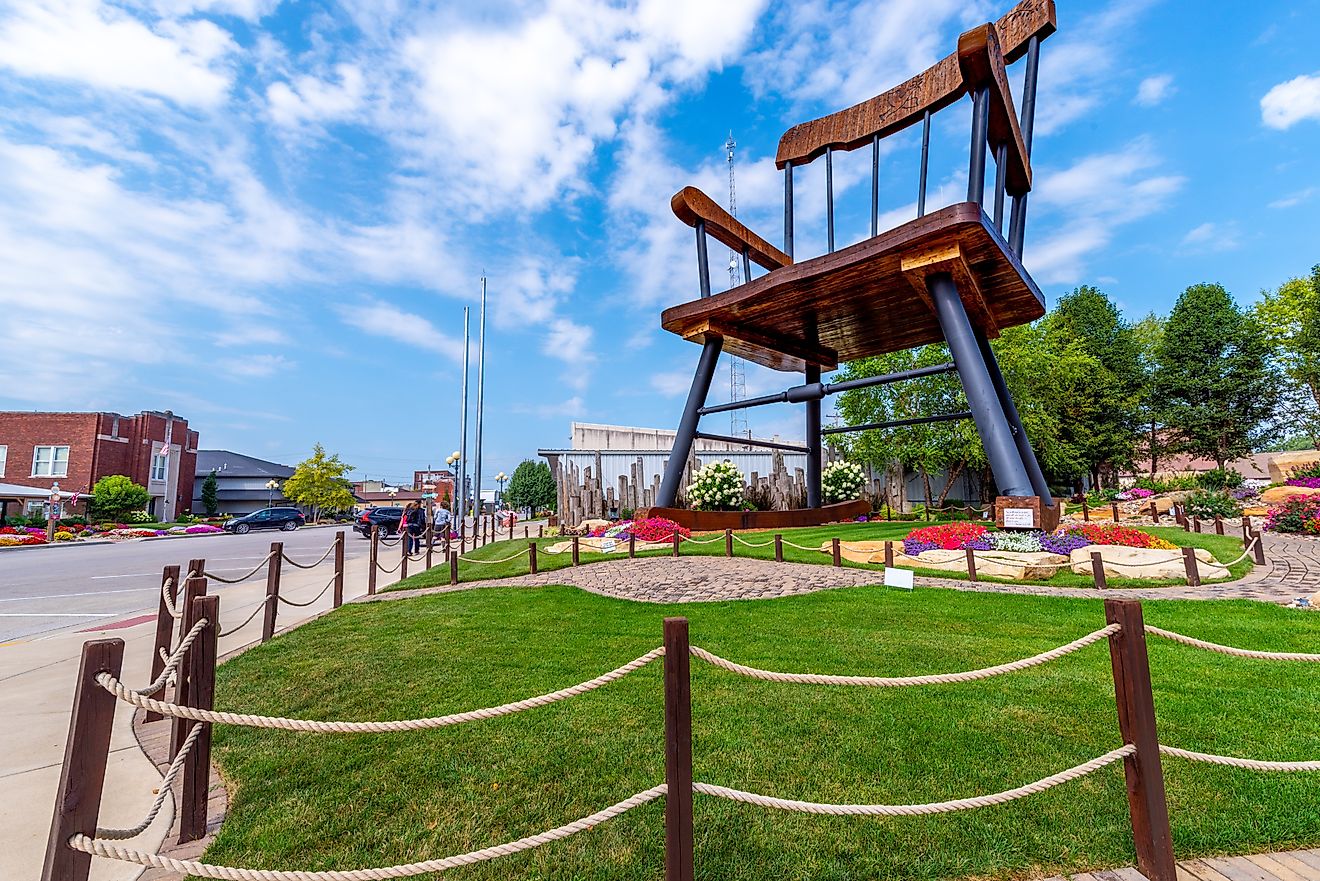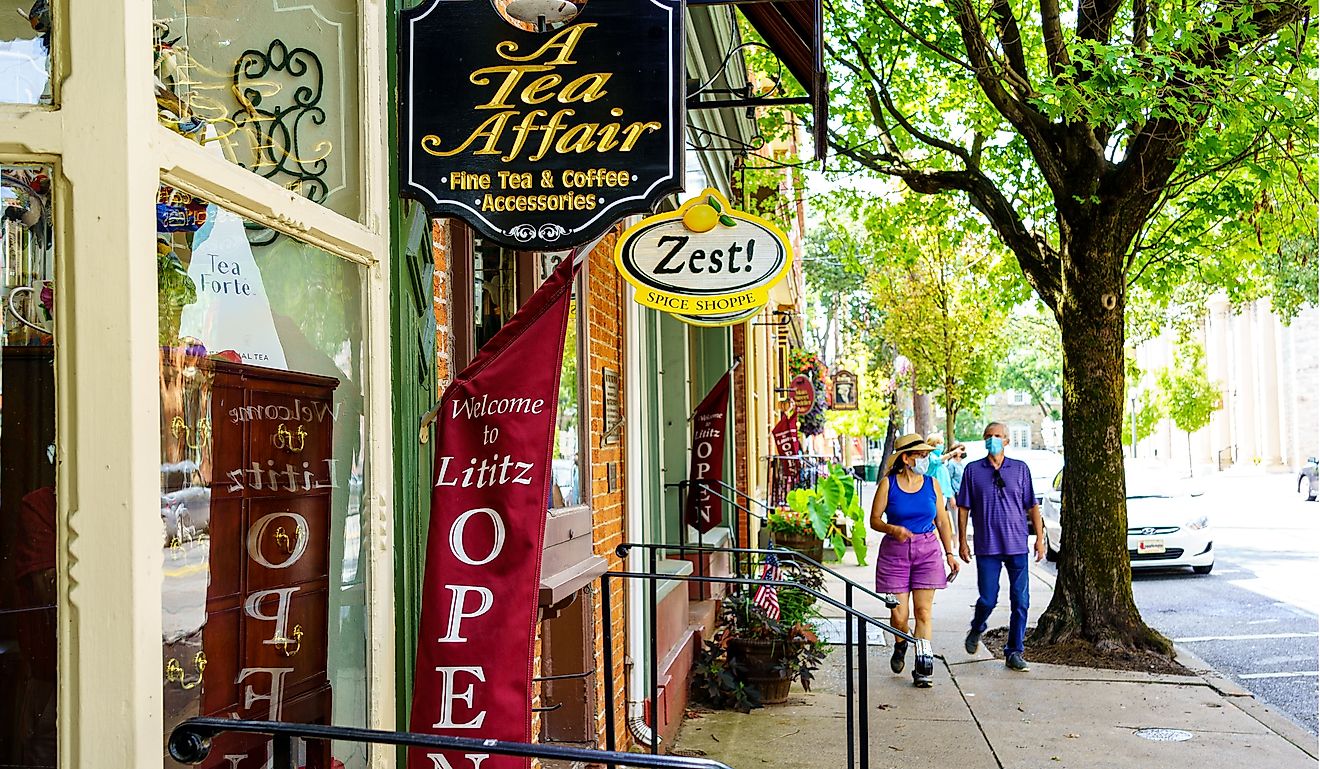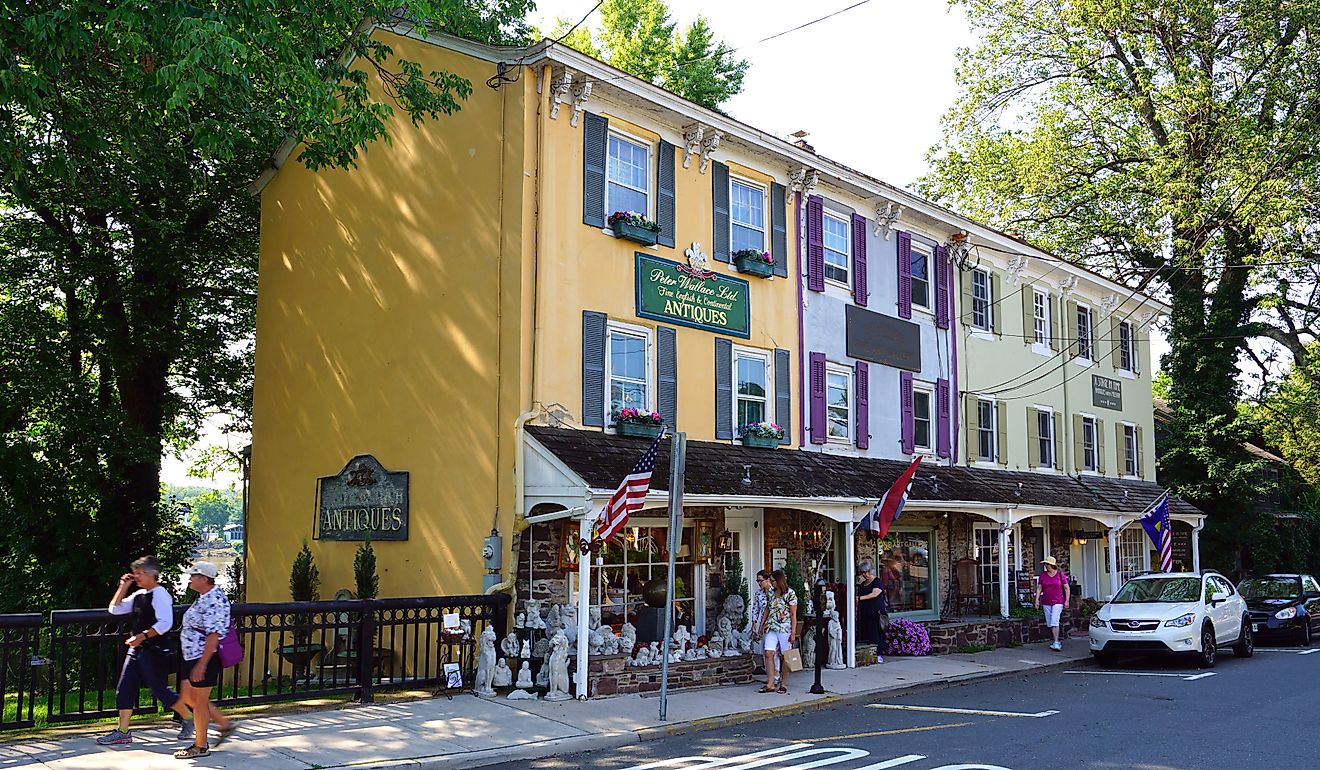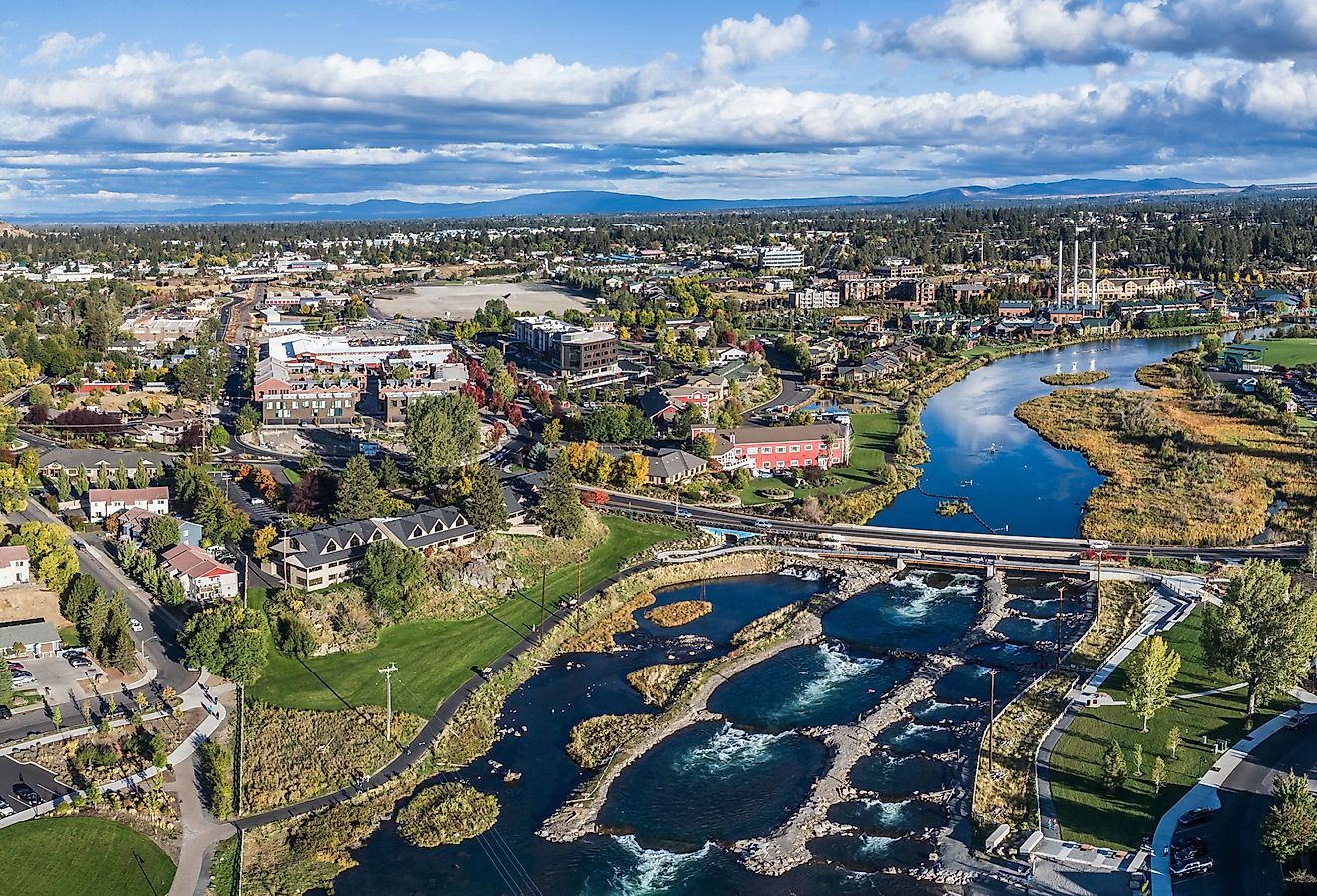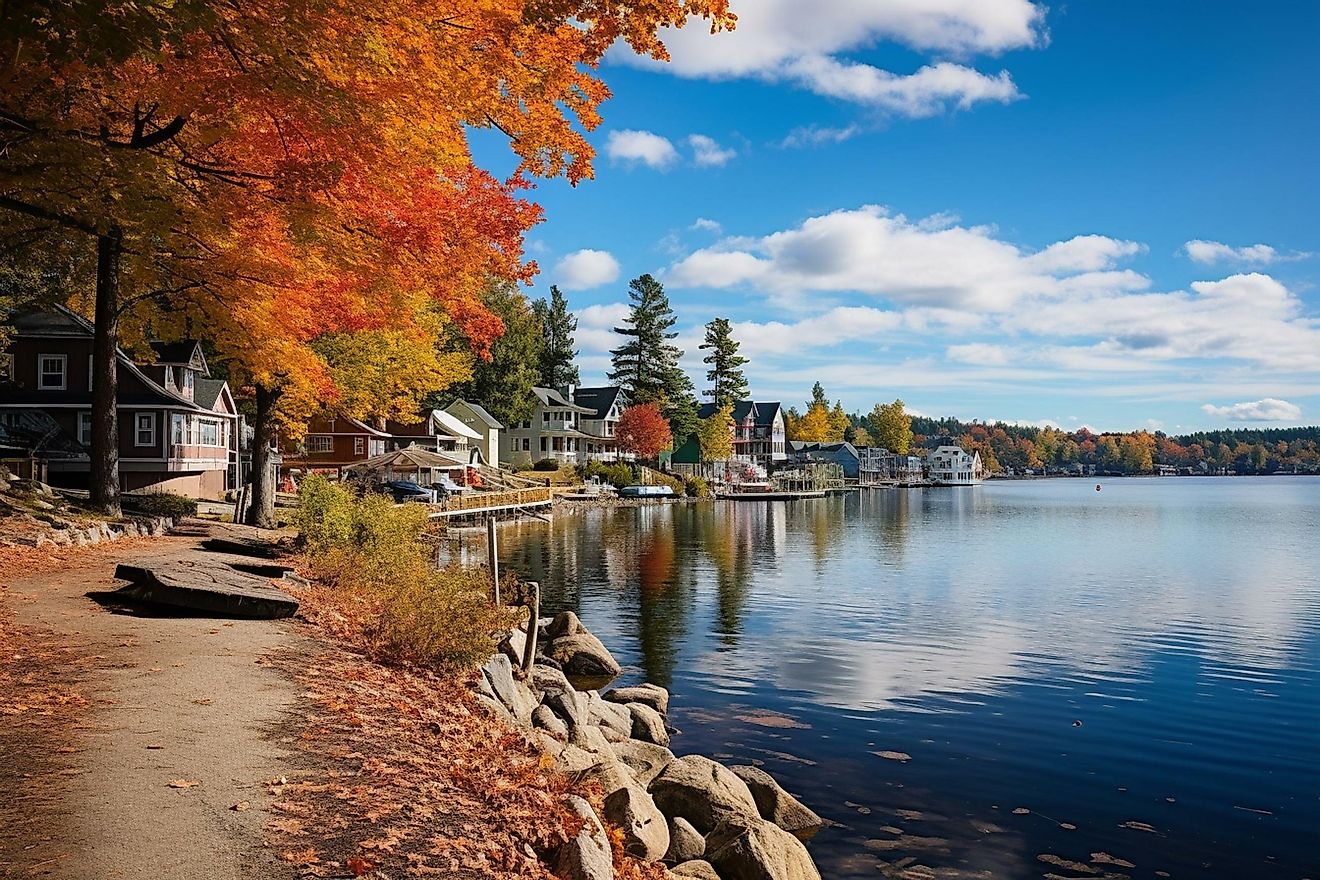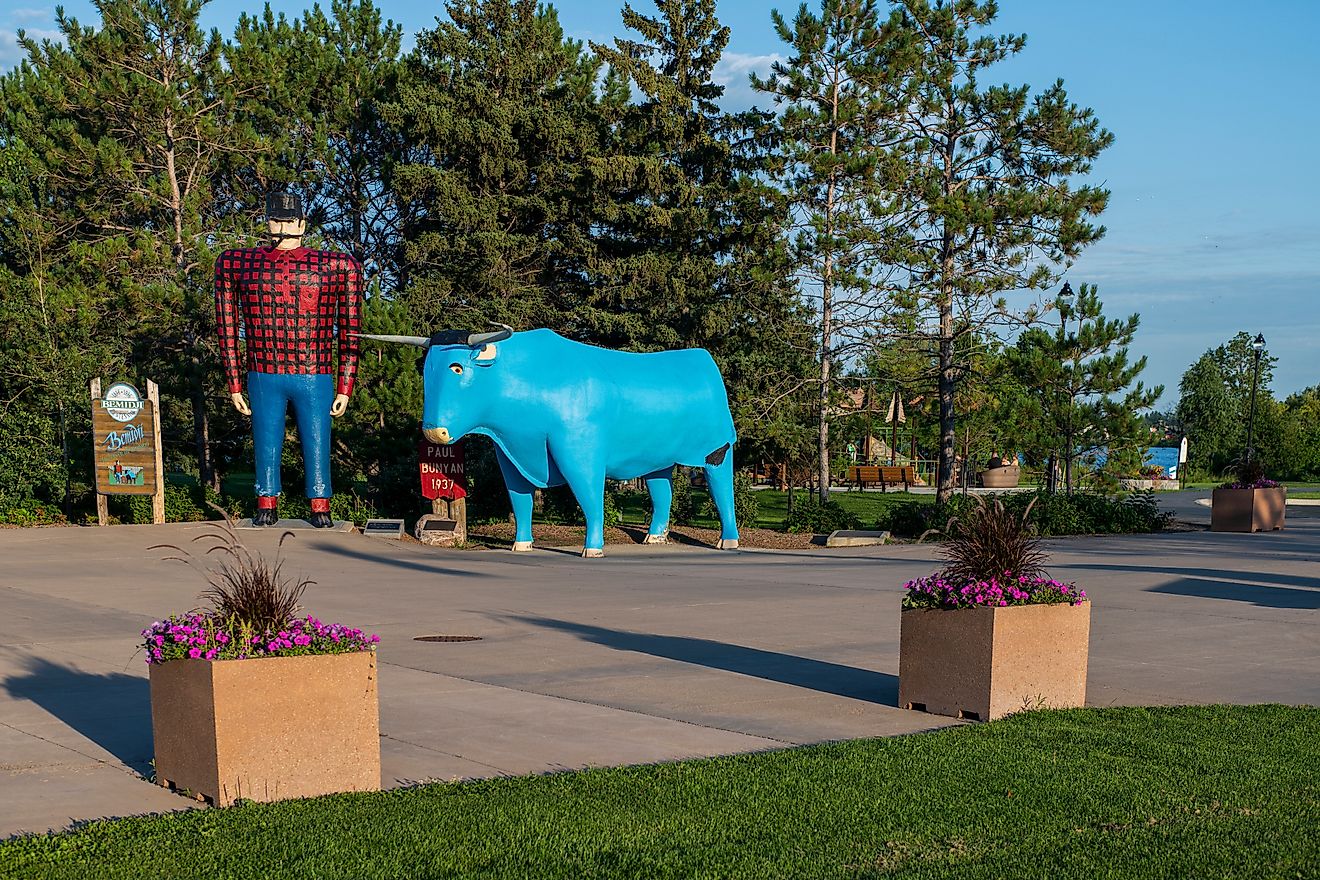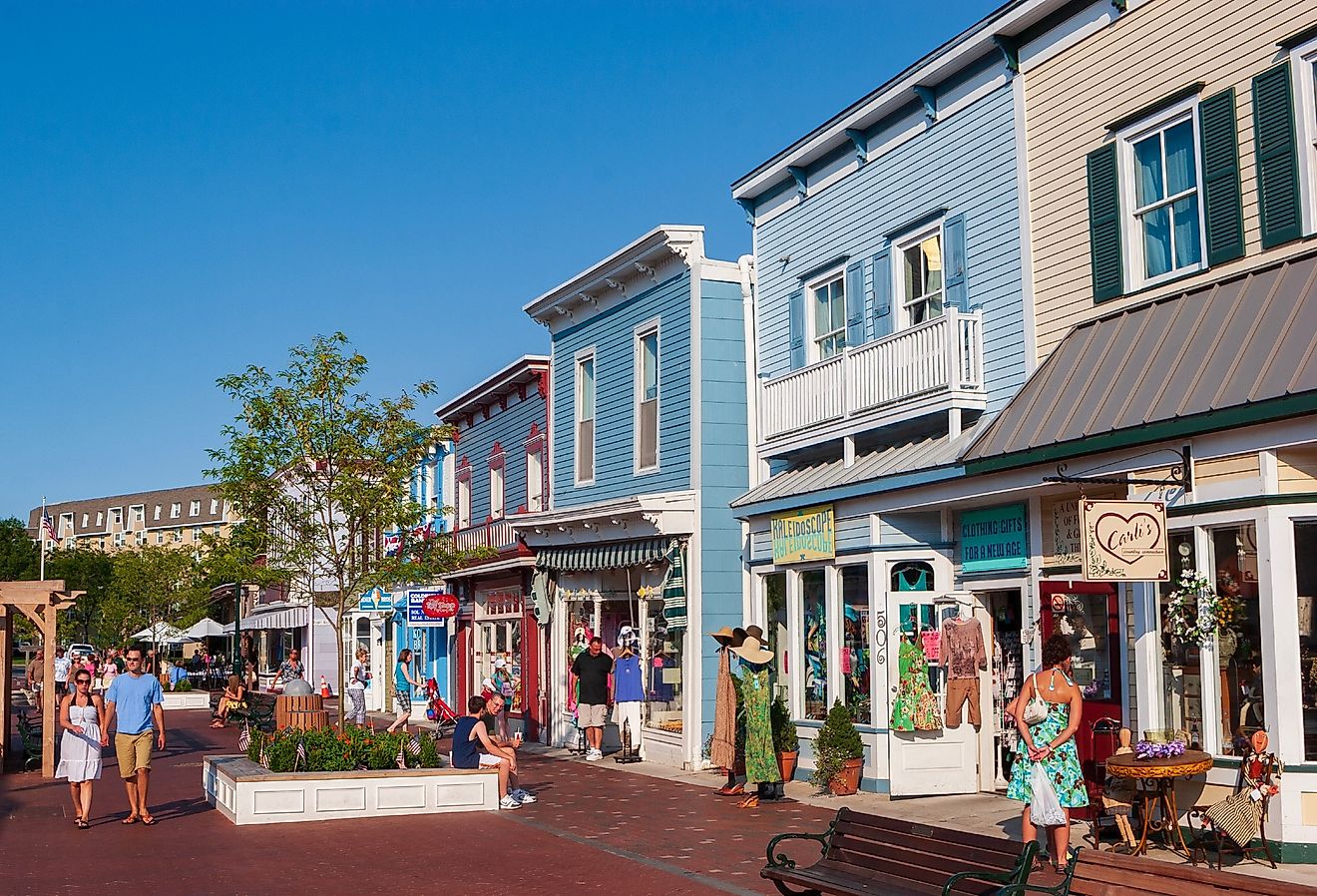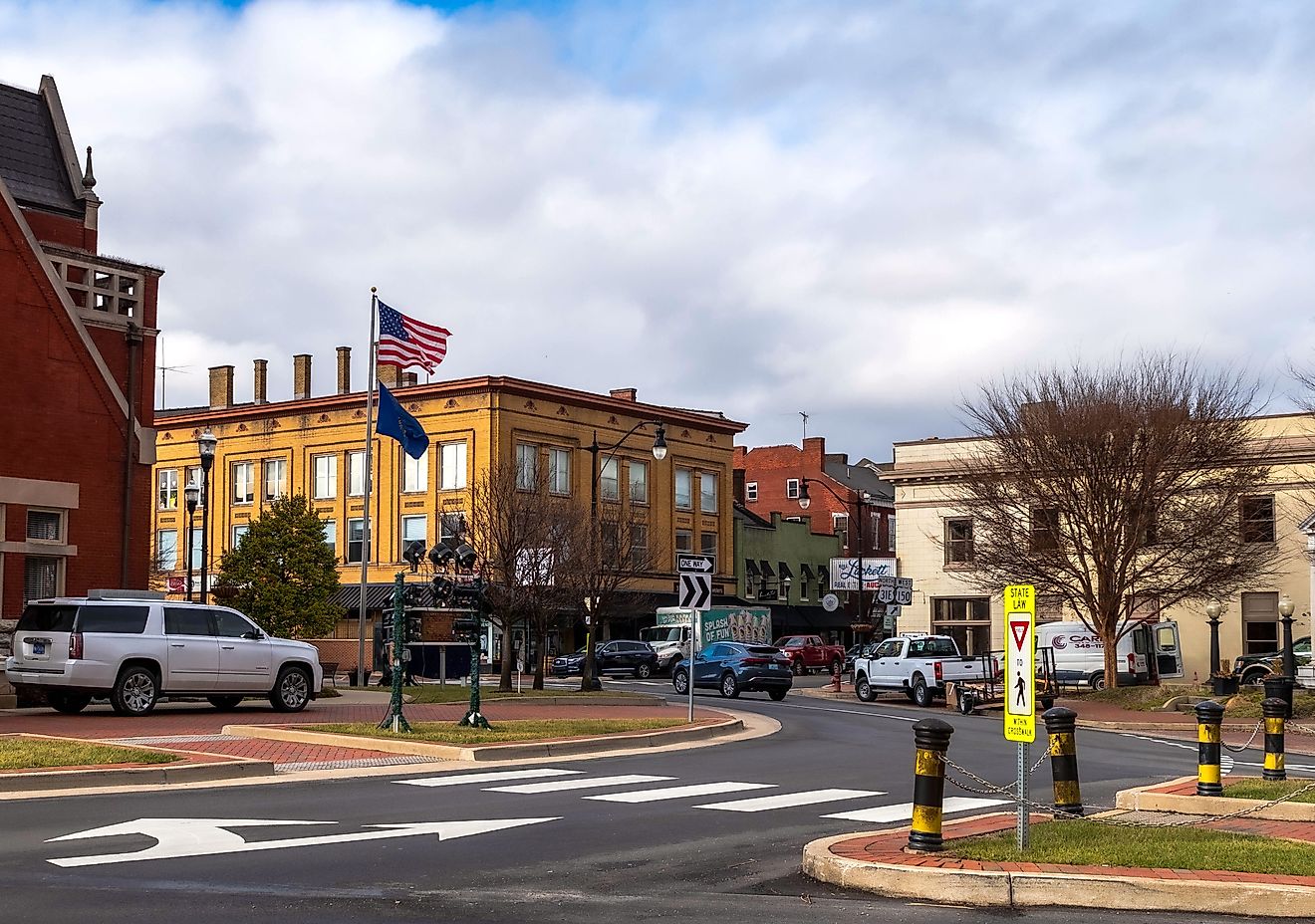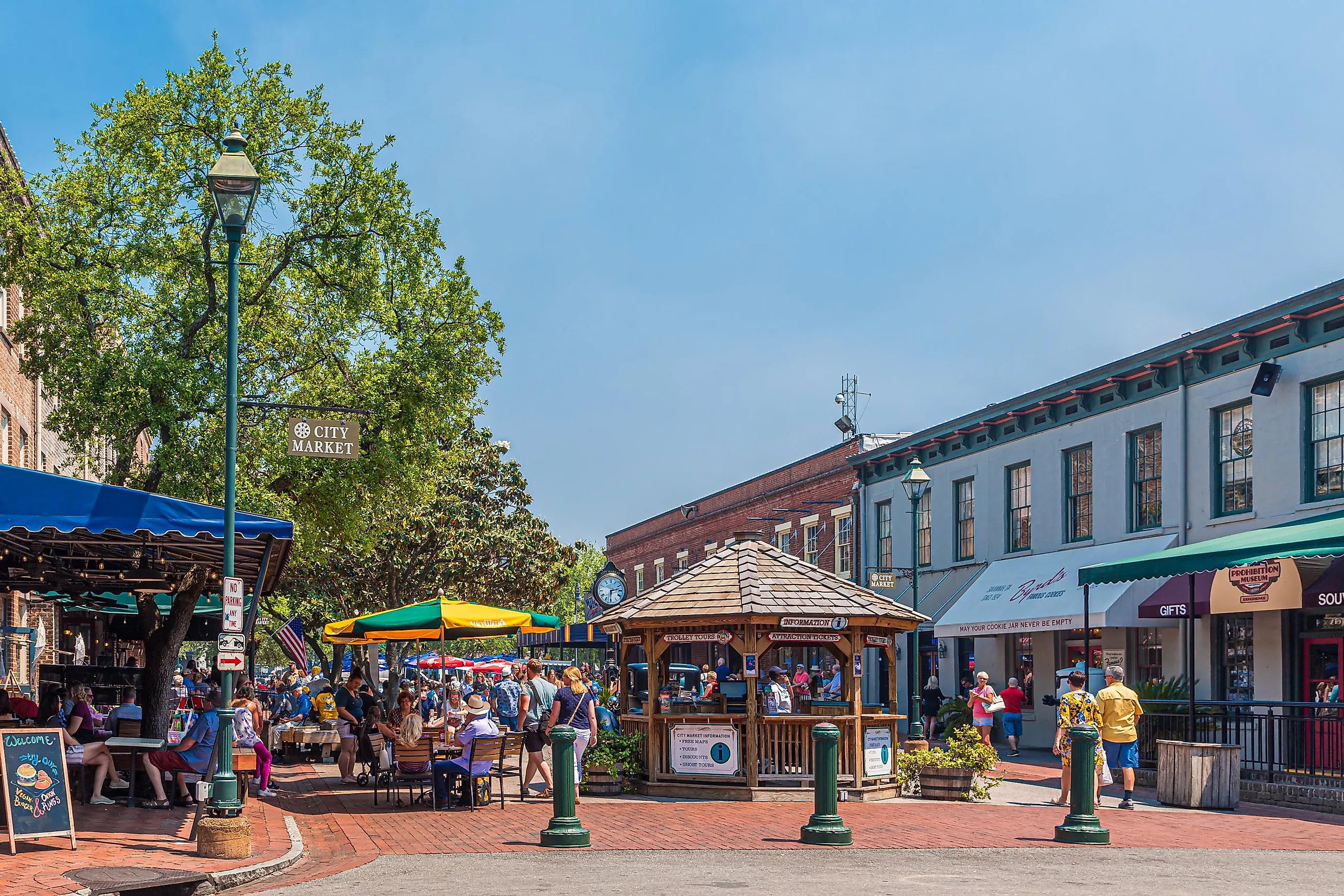
8 Oldest Founded Towns to Visit on the Atlantic Coast
When European settlers landed in America centuries ago, they founded towns all throughout the Atlantic Coast. While not all of them still stand today, this is why the oldest surviving towns in America are on the East Coast, even if some predate the founding of this country. Easy access to the ocean made it easy for explorers and settlers to come together and create towns and cities that were spread out from each other, meaning that there are hundreds of old townships in every state bordering the Atlantic, all of them with rich histories and different stories to tell. Some are still around and can be visited, with much of their past still intact.
Plymouth, Massachusetts
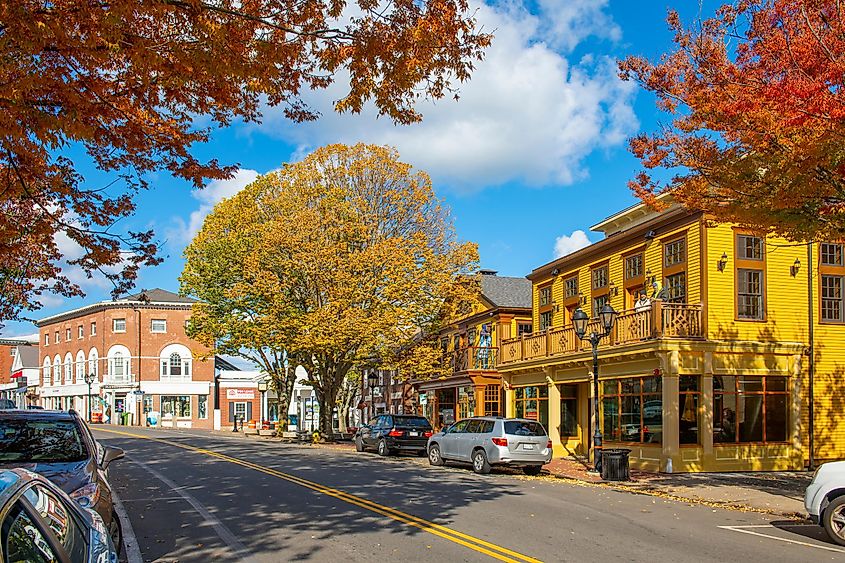
On the shores of Massachusetts Bay lies one of the most famous old towns in the United States: Plymouth! Plymouth is one of the earliest English settlements in America and was founded in 1620 by Pilgrims who fled the religious persecution of England at the time. Visitors can see Plymouth Rock, where the first Pilgrims landed that same year. People can also see the Plimoth Patuxet Museums, which are active with costumed historians ready to teach visitors about the Pilgrims and Native Americans by stepping back in time. Plymouth is also known for being one of the first places of celebration for what we know now as Thanksgiving, where Pilgrims and members of the Wampanoag Tribe feasted following a good harvest in 1621 after an awful winter the year before. Had the Natives not helped the Pilgrims, those who made it likely would not have, and Plymouth would only be a name today.
St. Augustine, Florida
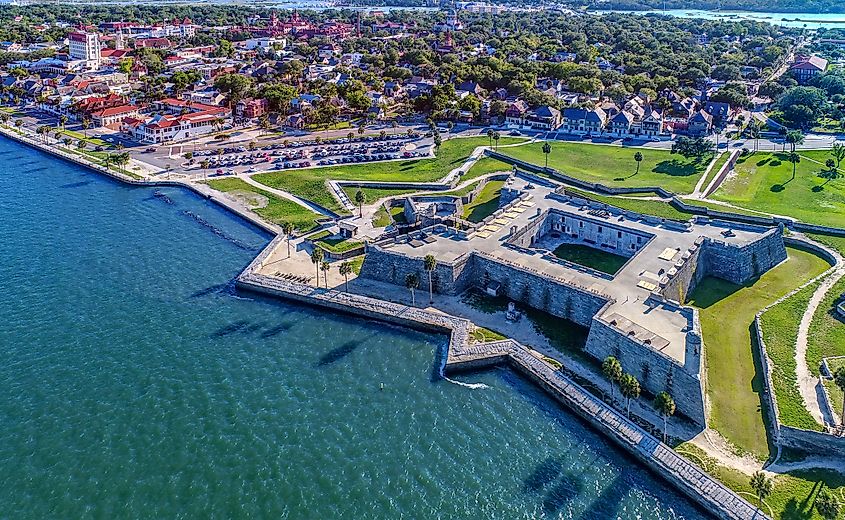
St. Augustine was founded in 1565 by Don Pedro Menendez de Aviles, a Spanish explorer. It predates the founding of the United States by over two hundred years and remains to be the longest-occupied European settlement, with a little over 14,000 residents today. Plenty of reminders like museums, monuments, and parks are still present in the town, from a time when the Spanish Empire held all of modern-day Florida. Enchanting monuments still stand tall, like the Castillo de San Marcos, which was built in the late 17th century, making it the oldest masonry fort still standing in the United States. The town is also home to one, if not the oldest, wooden schoolhouse in America, showing up on tax records as early as 1716, although the exact construction date is unknown. St. Augustine became an official American town in 1821, splitting its history between the Spanish and the Americans in half, totaling an almost 500-year-long occupation so far.
Jersey City, New Jersey
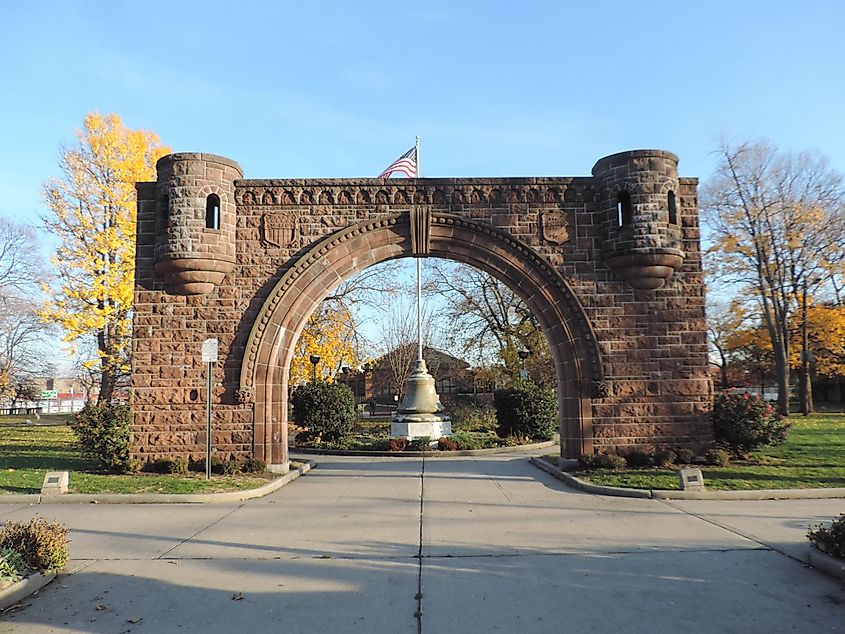
Founded by Dutch traders, Jersey City is somewhat contentious among historians. The settlement itself was established as New Netherland by the Dutch around 1617, while the name Jersey City is pointed to in land grants dated around 1630. So, while Jersey City's founding can be dated to either of these two years, the time between is somewhat insignificant, as it'd still mean the settlement is several centuries old. The city wasn't formally a part of the United States until 1820 when it was named the City of Jersey. It'd be renamed in 1838 as what we now know as Jersey City. Right across from Manhattan, Jersey City was and still is a prime stop for traders and commerce, which was integral to its success. Jersey City is the second largest city in New Jersey today, with close to 300,000 residents as of 2020.
Jamestown, Virginia
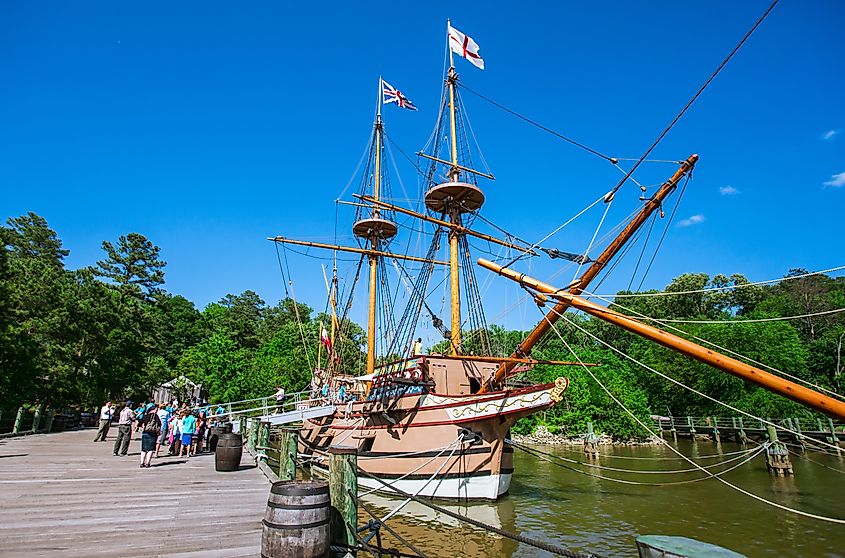
In the East of Virginia along the James River, Jamestown is regarded as the first permanent English settlement in America, predating the founding of the United States by 169 years, founded in 1607. British colonists faced many hardships in Jamestown, with death, disease, and starvation being rampant in its early years, along with conflicts with the local Native American tribes. Today, people can visit the site of the original Jamestown, with its fort and church tower still intact. There's also a living history park and museum only a mile away from the original site called the Jamestown Settlement. Here, people can learn through replica constructions of historically significant locations, like the James Fort and replica ships that the settlers would have used.
Lewes, Delaware
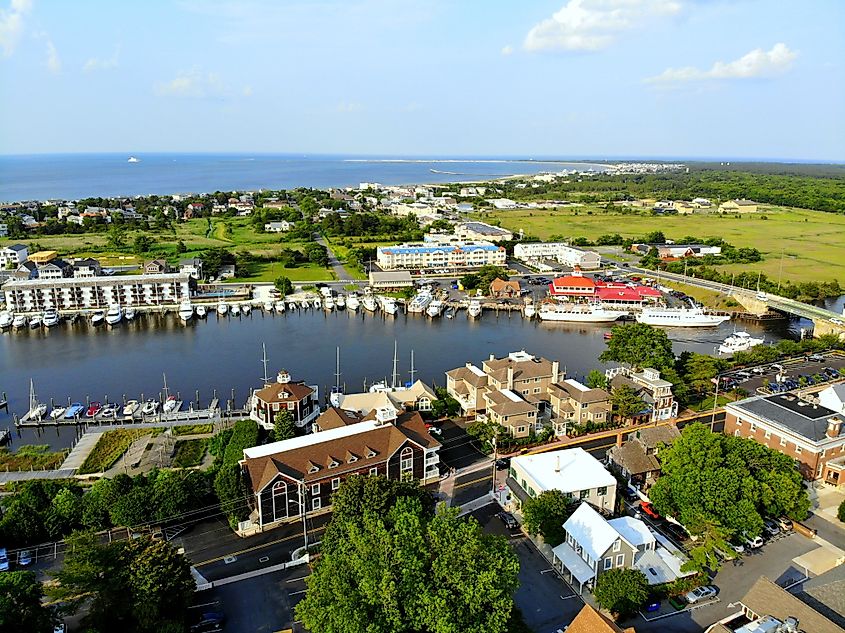
The city of Lewes in Delaware Bay is "The First Town in the First State." as their motto says. But what does that mean? There are other towns and cities that claim to be the first, but Delaware wins through technicality. After the land was first discovered on a voyage by Henry Hudson in 1609, Dutch settlers made a trading post around where modern-day Lewes is now called Zwaanendael, which translates to Swan Valley. The name would be changed to Lewes, to be named after a town in England with the same name. Lewes was the first settlement in Delaware, and because Delaware ratified the United States Constitution first, that made it the first state. So, The first town in the first state is Lewes. Plenty of 17th and 18th-century buildings still exist today and hold lots of information about early Delaware's history.
New York City, New York
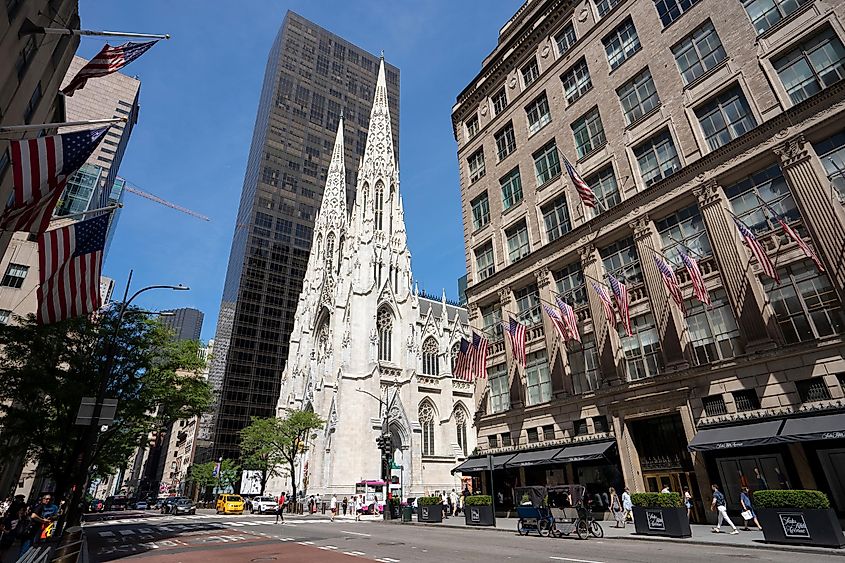
New York City was once known as New Amsterdam and has a lot more history than people might think. The Dutch West India Company bought the land of Manhattan in 1624, shortly before founding the town of New Amsterdam. They wanted to protect the opening of the Hudson River from other European powers, so they built a fortification called Fort Amsterdam in the South of Manhattan Island. This proved to be very profitable for the Dutch West India Company, as their protected land proved invaluable for trading, with beaver pelts being their most prized possession. Several decades later, the town would be taken over by the English and renamed New York, and the rest is history. A lot of the original Dutch architecture is gone due to several fires and rebuildings, but the original heritage still remains through different street names throughout the city.
Portsmouth, Rhode Island
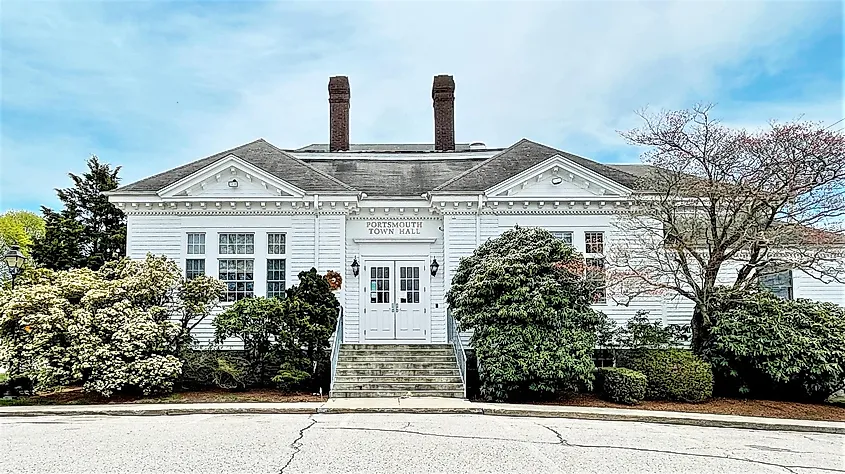
Portsmouth is one of Rhode Island's oldest towns, being founded in 1638 by religious dissenters from the Massachusetts Bay Colony seeking religious freedom. The Portsmouth Compact was a document signed that year by the dissenters, creating the settlement as the second oldest colonial community in Rhode Island. The Portsmouth FriendsMeetinghouseParsonage and Cemetery is a historic meeting house built sometime near the end of the 17th century, with it being used as a Quaker house of worship and school. British troops would occupy the building during the Revolutionary War. Plenty of preservation efforts have taken place in Portsmouth, like the Portsmouth Historical Society, which is a museum that collects and archives artifacts important to the town's history.
Savannah, Georgia
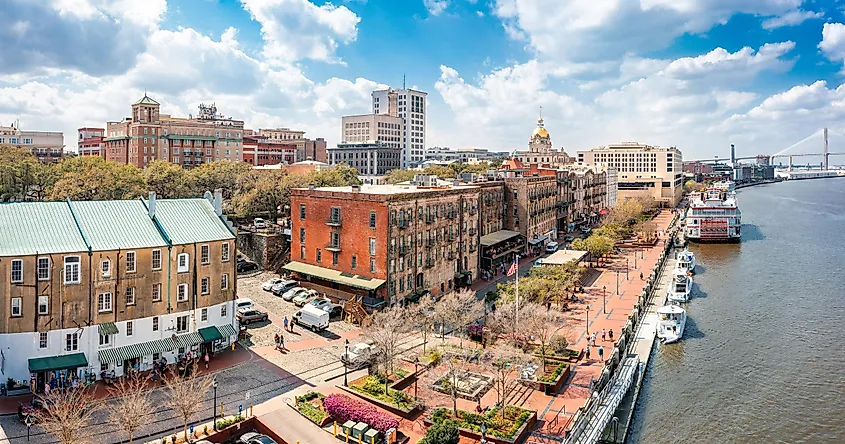
Located on the Savannah River, less than 20 miles from the ocean, Savannah is the oldest city in Georgia, being founded in 1733 on the same river. This made it very important during the American Revolution and the Civil War as a strategic port city for supplies. The town was taken by the British during the Revolution and hosted several battles during that time, like the Siege of Savannah in 1779. Savannah is known for its large amount of historic districts and greenery, with an early nickname being "the Forest City", because of the large amount of oak trees in the area. The Savannah Historic District is one of America's largest and includes a lot of preserved 18th and 19th century architecture, which brings in millions of tourists and visitors every year.
The Takeaway
From top to bottom, the East Coast has always had tons of history, whether that be old towns or landmarks. Everyone has the chance to visit and learn about these towns and cities through museums, old architecture, historical societies, you name it. Plenty of preservation efforts will make sure that this history won't be forgotten and will remain for a long time. There are plenty of places to visit and learn about on the coast, and there are also plenty of people willing to teach the rich history, too. It just so happens that these coastal towns and cities are beautiful as well.

